First impressions: More tech for big-selling D-Max pickup
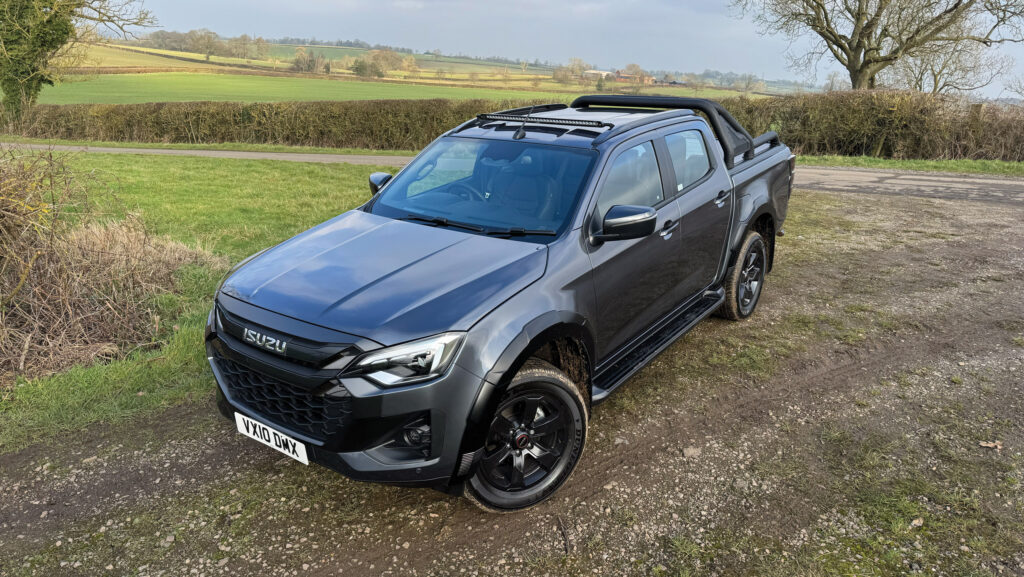 Revamped grille and new lights feature up front © MAG/Oliver Mark
Revamped grille and new lights feature up front © MAG/Oliver Mark Isuzu has given its D-Max pickup its second facelift in as many years, as it looks to build on a record-breaking 12 months.
The Japanese manufacturer saw its sales rise by 4.1% to a best-ever 6,574 in 2024, flicking a metaphorical middle finger to the prevailing economic headwinds that forced the overall pickup market down by 8.3%.
See also: On test: Bog-basic Isuzu D-Max Utility isn’t cheap enough
That trend-busting tally was enough to nab second place in the UK sales rankings, though it’s unlikely to dethrone the king anytime soon.
Ford schooled the competition once again, shifting 19,695 Rangers over the same period.
However, impending turbulence driven by benefit-in-kind tax rises and capital allowance cuts may well scramble those stats.
Until now, double-cab pickups have been relatively cheap to buy from tax perspective, such that they account for 80% of D-Max sales.
But that will change on 1 April when they lose their commercial vehicle status, making single- and extended-cab variants – the Utility and DL20 in Isuzu’s stable – far more fiscally favourable.
Isuzu D-Max V-Cross specs
- Engine 1.9-litre, four-cylinder
- Power/torque 164hp/360Nm
- Transmission Six-speed auto
- Top speed 112mph
- 0-62mph 13sec
- Combined consumption 31.4mpg
- Weight 2,015kg
- Max payload 1,085kg
- Towing capacity 3,500kg
- Price £37,995 manual, £39,995 auto
Aesthetic alterations
Not since 2021 has the D-Max undergone any major reconstructive surgery, but the bods at Isuzu HQ can’t be accused of snoozing on the job.
It went back under the knife for a handful of mid-life tweakments in 2023, and here we are two years later with yet another round of enhancements.
Most are frivolous: the bonnet is a smidge higher, a revised grille adds a whiff of style to its otherwise bland facade, and there are new light clusters at the front – halogens on the lesser two models, bi-LEDs on the pricier pair.
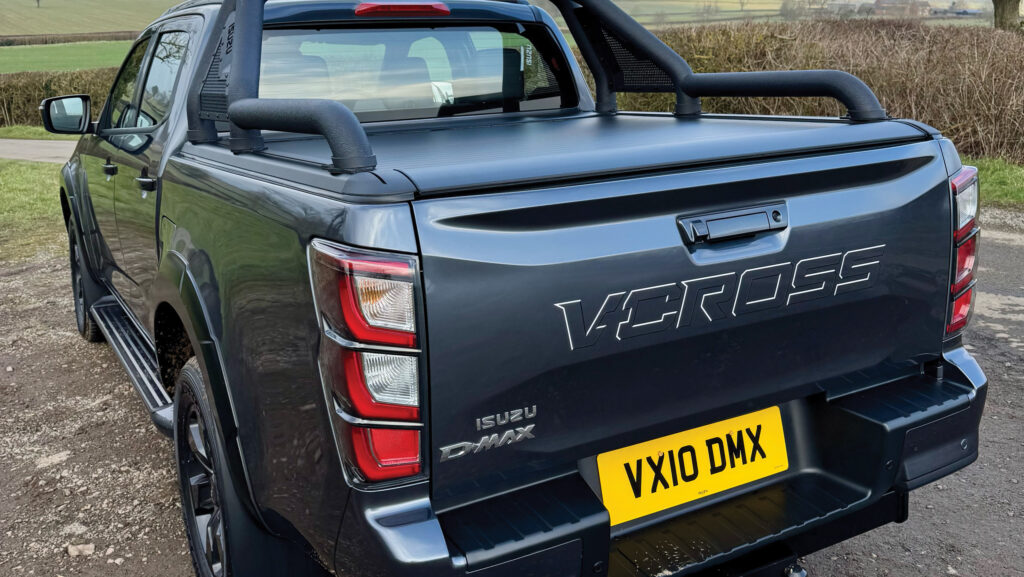
© MAG/Oliver Mark
Potentially more beneficial is the “rough terrain” mode, a fettling of the standard traction control software that makes it more effective on greasy ground.
It works in much the same way, reducing slip on the gripless wheel by frantically pinging the brake so that the torque is shifted smoothly to the opposite side of the axle in the hope of finding some purchase.
Handily, it can be engaged in two- and four-wheel drive modes (in high and low ranges), and with the rear differential locked.
However, it doesn’t offer the multiple “terrain response” settings of fancier 4x4s, so there’s no scope for fine-tuning the performance. It simply assesses traction and acts accordingly.
More tech
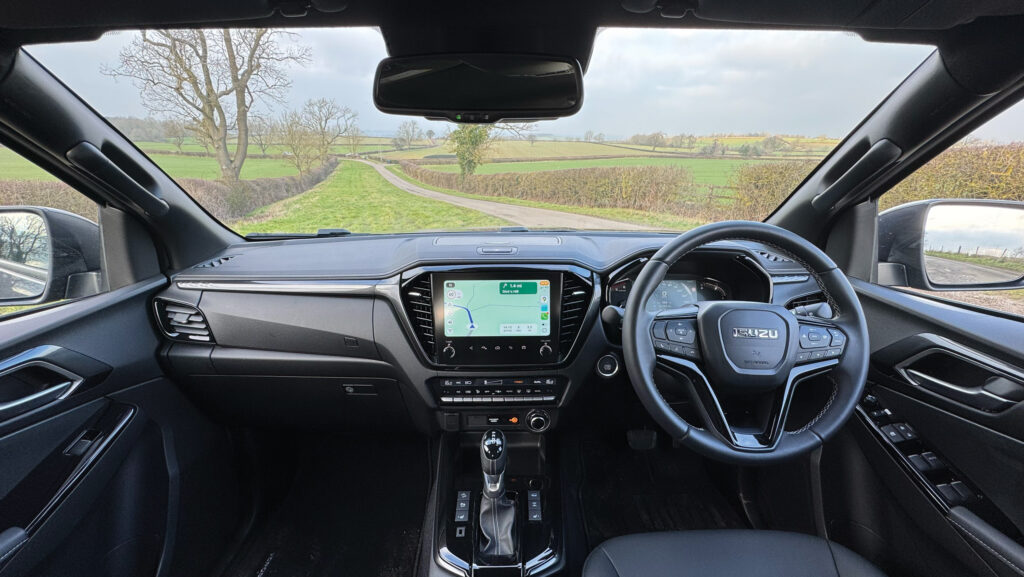
© MAG/Oliver Mark
No vehicle update is complete without the obligatory cornucopia of technological additions. In this case, it’s no bad thing – and the Utility model is the big winner.
Gone is the 1990s-era head unit, superseded by an 8in touchscreen with wireless Apple CarPlay/Android Auto connection.
This means anyone in possession of a smartphone has access to a decent navigation system.
The top-spec V-Cross, the firm’s biggest seller, also makes gains in the “infotainment” department.
It has a bigger 9in touchscreen, wireless phone charging, dual-zone climate control and a secondary 7in digital display behind the steering wheel.
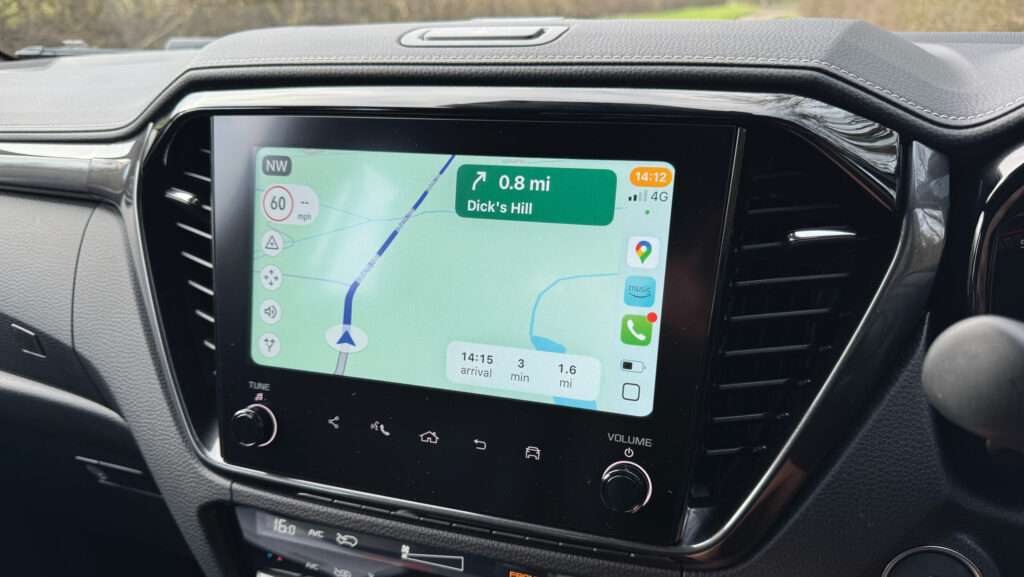
© MAG/Oliver Mark
Whether it’s any better than the conventional dash binnacles on the cheaper models is questionable.
Driver assistance systems, which are included across all variants, have been refined too.
The highlight is a new intelligent adaptive cruise with the wherewithal to kill and reignite the engine in a traffic jam and alter travel speed based on road sign recognition.
This latter function has been enhanced to not only read limit roundels but also register give way and stop signs.
The downside of this hypervigilance is that it instigates seemingly incessant binging and bonging.
Emergency braking is also improved – it’s now better able to recognise people and bikes – and there’s a wider and longer range of vision on the new forward-facing camera.
Both a rear parking aid and tyre pressure monitoring system are standard across the board.
Yet the cocktail of shiny and scratchy plastics that cloak all this kit are unchanged. They remain resolutely unremarkable – though, in fairness, the materials and buttons are robust.
Same drivetrain?
There’s nothing new underneath. Like it or loathe it, Isuzu’s meek 1.9-litre, four-cylinder engine is still in residence on all four models – Utility, DL20, DL40 and V-Cross.
It will roar away delivering its 164hp/360Nm and has an agricultural note that feels a fair match for the spartan Utility, but doesn’t befit the near-£40k list price of the top V-Cross.
All models, bar the cheapie, are available with an automatic alternative to the six-speed manual transmission. Last year they outsold the stick-shifters for the first time, by 57% to 43%.
As for the rest of the spec, a rear differential lock and shift on-the-fly four-wheel drive engagement are standard from the DL20 upwards.
And, as before, it’s light enough to be legally driven at car speeds on the road, rather than having to conform to commercial vehicle limits (50mph on single carriageways, 60mph on duals).
Farmers Weekly verdict
It’s easy to get snooty about the slightly cheap- feeling interior and lack of engine displacement, but the D-Max can tow and carry as much as any, is relatively kind on the wallet, and comes with a 125,000-mile/five-year warranty.
The lack of refinement makes the Utility and DL20 models a far more attractive proposition in our eyes.
As they are the only ones available in extended-cab format, they may well be hot property once the double-cab tax changes kick in post 1 April.
The range
All D-Max models come with the same powertrain and underpinnings, so model selection largely comes down to specification.
The base Utility line-up offers the broadest range of configurations, coming with two- or four-wheel drive in single-, extended- or double-cab guise.
Vinyl flooring, steel wheels and black plastic bumpers scream workhorse, and prices top out at £31,595 (ex VAT) for the full five-seater.
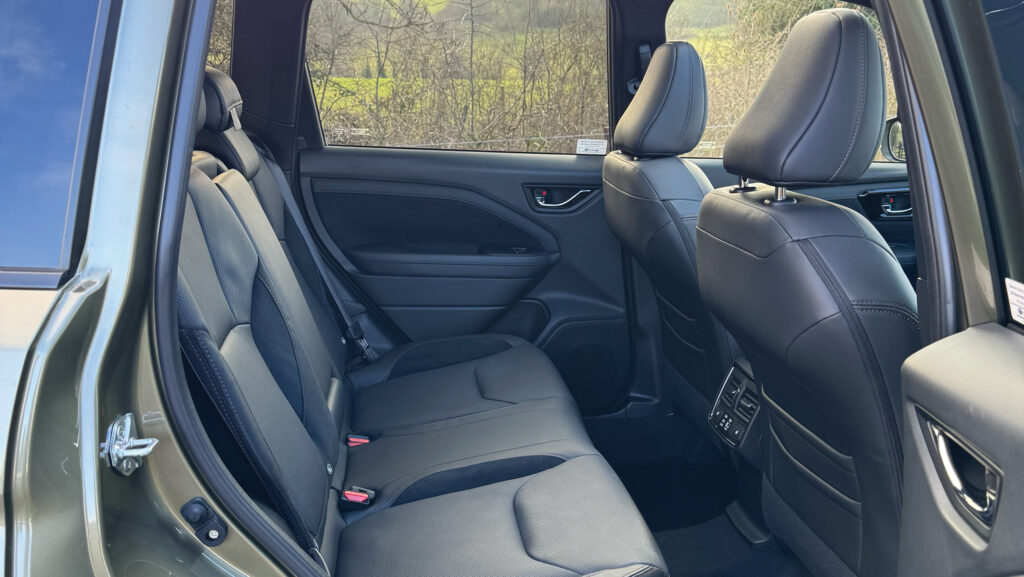
© MAG/Oliver Mark
Next come the marginally plusher DL20 (£33,395 manual/£35,395 auto) and higher spec DL40 (£36,495/£38,495), followed by the big selling V-Cross.
Among other things, it gains a 9in infotainment screen, dual-zone climate control and electric lumbar adjustment of the driver’s seat, in return for £37,995/£39,995.
There’s also an electric model, the D-Max BEV, that’s due to land in the UK next year.
It has a 66.9kWh lithium-ion battery pack coupled to a pair of drive motors – one of 40kW (54hp) for the front wheels and a second 90kW (122hp) unit at the back – in place of the 1.9-litre engine.
Together, they deliver 130kW (177hp) – 13hp more than the diesel – and a top speed of 81mph.

